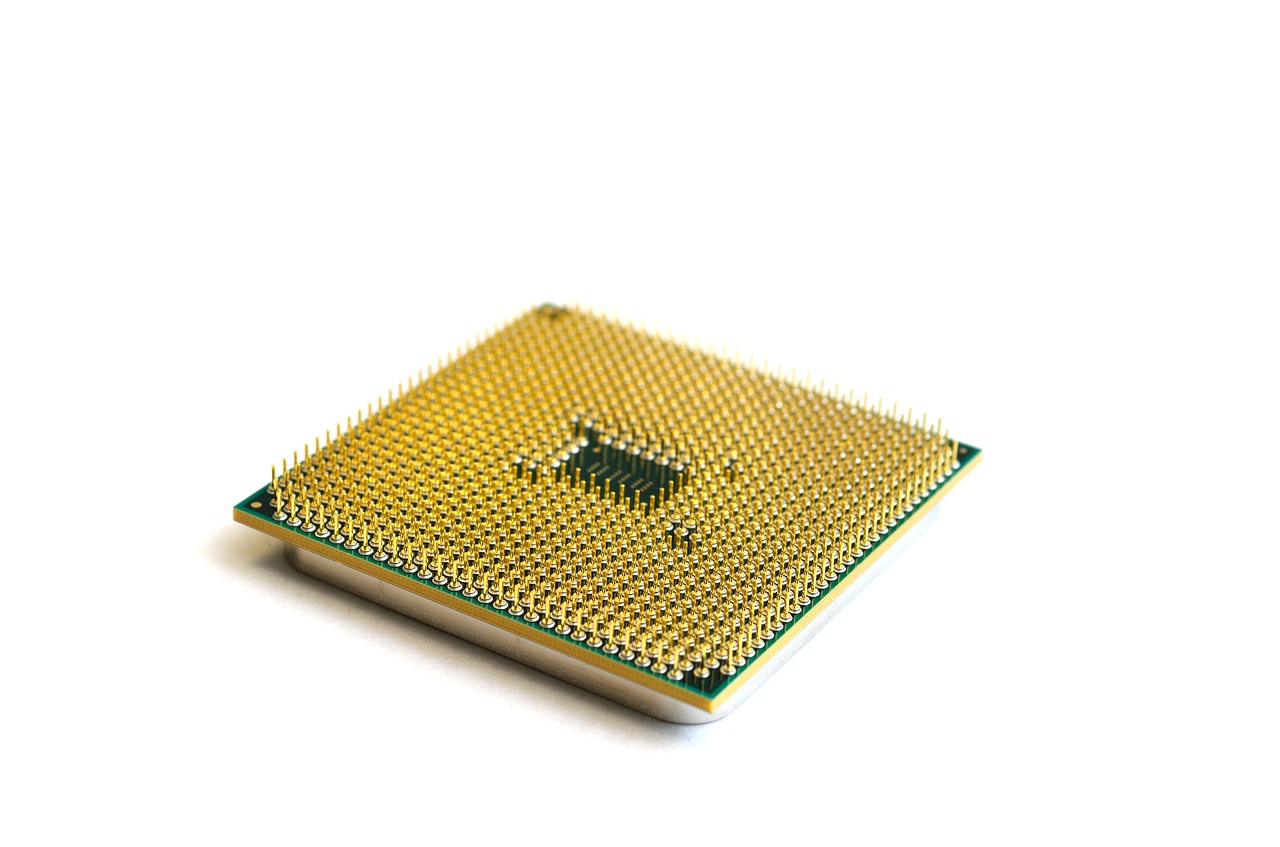How far away from AI are we, really?
One must prefix this article by highlighting the fact that AI or artificial intelligence is already here. AI exists in technology and has done so for years, but AI has not progressed to its ultimate goal or true form which would be a fully automated machine capable of self-learning and even emotions.
What AI exists at present?
The current AI technology that exist is primarily machine based, but the technology is developing into new territories with AI systems such as google, Cortana, Siri and Alexa. With these intelligent computer assistants, we (humanity) are seeing a gap bridged between humans and the AI world. The machines are learning from you and about you every day. Nowadays one only has to type a few words into google and a suggestion for what you were thinking about pops up. Now this is not a magic trick or someone in your head, no, the learning tools programmed into google pull from other searches and your common search history to compile a list of probable outcomes. The computer AI is on the road to self-awareness and is learning from us and our responses. With Alexa for example you can program her to only respond to your voice and no one else’s, thus creating a relationship between robot and human. There are also vast innovations being made in healthcare when it comes to AI, as can be seen in this interesting article from youngupstarts.
How do we get to a self-aware AI machine?
Alan Turing seen as the father of AI broached this very question during the post-war era (world war two) and came to develop the Turing test in 1950. The test was designed to see if machines could think on their own. The test itself consists of a series of questions all designed to measure the computer or AI’s responses and prove or disprove the machine as self-aware or not. In the classic book by Philip K. Dick, “Do androids dream of electric sheep” which later became the film Blade-runner, we see an AI who does not know she is not human go through a series of questions only to show no emotion at the thought of a dog being served for supper. For a machine to be self-aware it must possess emotions. It is through emotions and critical thinking that humanity exists. If we want a self-aware AI machine, then we have to teach it to feel and to think about the world, but the question is, how do we achieve that goal, and that is what drives the scientists today to create a world of tomorrow filled with self-aware AI machines.

